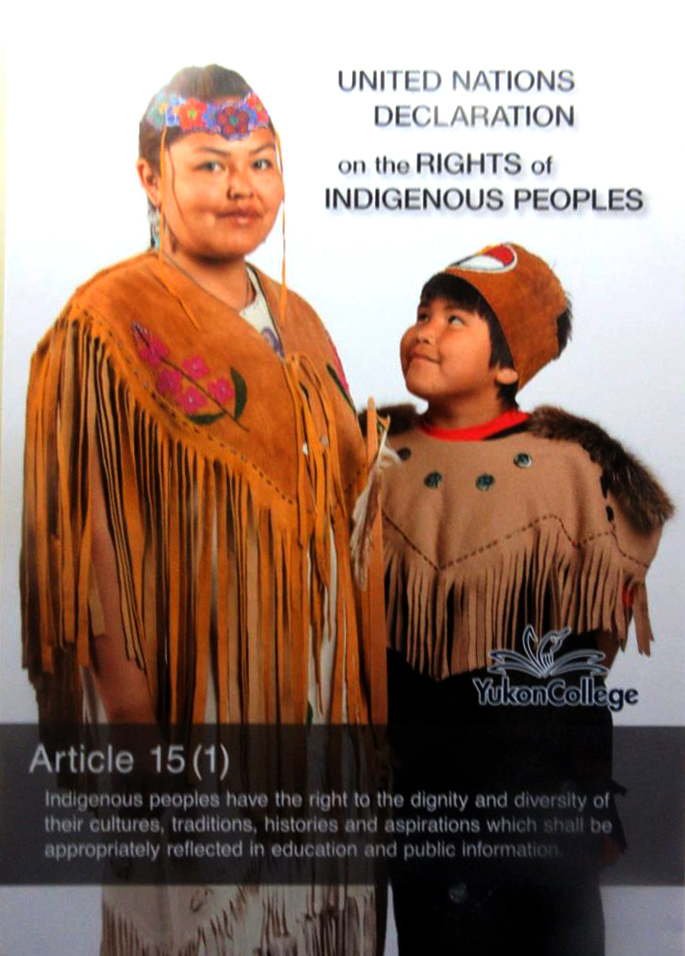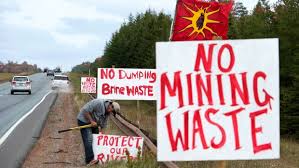Materials required: projector, whiteboard

Have students watch the news clip of the Wabanaki meeting planned for Esgeenoôpetitj in 2014. http://aptnnews.ca/2014/08/11/wabanaki-confederacy-dead-fires-still-burning-strong/
What are these people doing? Who are they expecting? Why is this meeting important?
Now explain what the Confederacy was all about using the teacher’s notes. Show the Nations associated with the Confederacy on a map. (See Lesson D – Activity 1 – Klu’skap / Keluwoskap and His People) When the Wabanaki Confederacy was reformed in 1993, its goal was to develop through time and to keep pace with events while still upholding the principles of mutual respect, co-operation, alliance and friendship.
Answer these questions:
- How are respect, co-operation, alliance, and friendship different? Look these words up in a dictionary and write down their definitions.
- Make the beginning of a charter for this organization, by filling out the chart below.
Name: Wabanaki Confederacy
Who is a member?
Name the First Nations involved. In what present-day province or country do these people reside? Put it beside their First Nation’s name.
What are its beliefs?
List the four principles and write down how they will be accomplished.
- E.g. Respect — when we meet we will use the talking stick and only allow one person to speak at a time
- Co-operation
- Alliance
- Friendship
What is the Confederacy’s purpose? Look at the chart below. Have the students discuss some of the things that the Confederacy would like to accomplish. In small groups or pairs have students take a topic that interests them and then fill out the following chart. Share this with the class.
| What the Confederacy would like to accomplish | Possible Positive Consequences | Possible Negative Consequences | How can we do this? |
|---|---|---|---|
| Keep their own languages alive | |||
| Keep their sacred beliefs about land and water | |||
| Change place names back to original Indigenous names | |||
| Have government ask permission to use personal information | |||
| Protect food from genetic contamination | |||
| Keep their own forms of government | |||
| Consult before hydro-fracking | |||
| Stop clear-cutting of forests | |||
| Stop open-pit mining | |||
| Preserve water quality for the protection of medicines and fiddleheads |
Post your charter on the wall of your classroom. Pick one of these issues to debate the pros and cons. Invite another class is to watch the debate. All together, come up with a solution.





